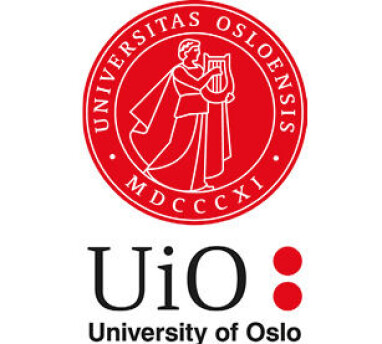THIS CONTENT IS BROUGHT TO YOU BY University of Oslo - read more

Some antibiotics result in more multi-resistant and pathogenic E.coli
There is a clear correlation between the use of a particular type of antibiotic and the increased prevalence of a multi-resistant E. coli clone.
After analysing 5,000 E. coli infections in Norway and UK during the period 2001-2017, the results leave no room for doubt.
In 2005, researchers showed for the very first time that the use of various antibiotics coincided with the occurrence of serious bacterial infections that were resistant to the same antibiotics.
The report incorporated data from 26 European countries over a period of 6 years. It attracted a lot of attention because it presented the hypothesis that use of antibiotics drives an increased prevalence of antibiotic-resistant bacteria in the population.
“Now, for the first time, we have been able to verify this hypothesis for one type of antibiotic often used to combat E. coli infections,” Professor Jukka Corander says. He has led the new study.
New and better technology
Technological developments, combined with data from two world-leading, national surveillance systems that monitor resistance in microbes, have provided researchers with the opportunity to carry out big-data analyses in order to investigate the causal relationship between the use of antibiotics and the occurrence of antibiotic resistance.
This time, the researchers generated two parallel sets of data derived from cases of blood poisoning with E. coli bacteria occurring over almost two decades. One set from England during the period 2001-2017 and one from Norway from 2002-2017.
“By comparing the results of the DNA analyses with the frequency of antibiotic use in the two countries, we were able to determine which types of antibiotics are particularly important for the growth of certain E. coli strains that are resistant to antibiotics,” Corander says.
Greater occurrence of infections in England
With the help of extensive data simulations, the researchers were able to investigate how different levels of the use of the antibiotic cephalosporin are related to how prevalent a bacterial strain is in the population.
“Our conclusion is that a more intensive use of the antibiotic cephalosporin in England than in Norway has resulted in a higher occurrence of infections caused by the multi-resistant E. coli strain ST131-C2 in British society,” Corander says.
Recommends national surveillance systems
The study shows how important national surveillance systems are for combatting antibiotic resistance.
With the help of analyses of representative data drawn from a number of years, it is possible to draw clear conclusions about which factors have a bearing on the development of antibiotic resistance.
References:
Goossens et al. Outpatient antibiotic use in Europe and association with resistance: a cross-national database study, The Lancet, vol. 365, 2005. DOI: 10.1016/S0140-6736(05)17907-0
Pöntinen et al. Β-Lactam Antibiotic Use Modulates Multi-Drug Resistant Clone Success in Escherichia Coli Populations: A Longitudinal Multi-Country Genomic Cohort Study, SSRN, 2023. DOI: 10.2139/ssrn.4364886
———
Read the Norwegian version of this article on forskning.no

This content is paid for and presented by the University of Oslo
This content is created by the University of Oslo's communication staff, who use this platform to communicate science and share results from research with the public. The University of Oslo is one of more than 80 owners of ScienceNorway.no. Read more here.
More content from the University of Oslo:
-
How international standards are transforming the world
-
A researcher has listened to 480 versions of Hitler's favourite music. This is what he found
-
Researcher: "AI weakens our judgement"
-
New, worrying trend among incels, according to researcher
-
Ship’s logs have shaped our understanding of the sea
-
New study: The dilemma of copyright in the Global South





































